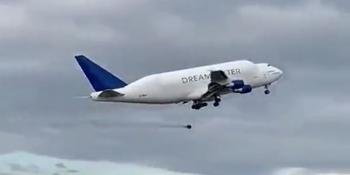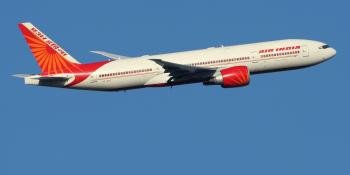The Federal Aviation Administration (FAA) will require the installation of a physical secondary barrier to the flight deck on new commercial aircraft.
The new rule – which was signed by the regulator’s acting administrator Polly Trottenberg on June 14 – is designed to protect flight decks from intrusion when the flight deck door is open.
“Every day, pilots and flight crews transport millions of Americans safely - and today we are taking another important step to make sure they have the physical protections they deserve,” said Pete Buttigieg, US Transportation Secretary.
According to the regulator, when the flight deck door is opened during flight for lavatory breaks, meal service or crew changes, the flight deck could be vulnerable to attack. The benefit of this new rule, the FAA says, is to slow such an attack long enough so that the open door can be closed and locked before an attacker could get inside.

“No pilot should have to worry about an intrusion on the flight deck,” said Acting FAA Associate Administrator for Safety David Boulter.
The secondary barrier must be able to resist a 250lb (113kg) static load in the direction of the passenger cabin and a 600lb (272kg) force towards the flight deck, the rules state, whilst also delaying a person attempting to access the cockpit by at least five seconds.
The rule change comes more than 15 years after the FAA first set out to beef up the security of open flight deck doors.
In October 2018, the US Congress enacted a law which required the FAA to issue an order mandating the installation of physical secondary barrier on each new aircraft delivered to a passenger air carrier in the US. However, it took until August last year for FAA to issue a proposed rule change.
A two-year compliance timeline is set out in the new rule, meaning that airliners rolling off production lines bound for US carriers during 2025 will be required to have a secondary barrier installed.





